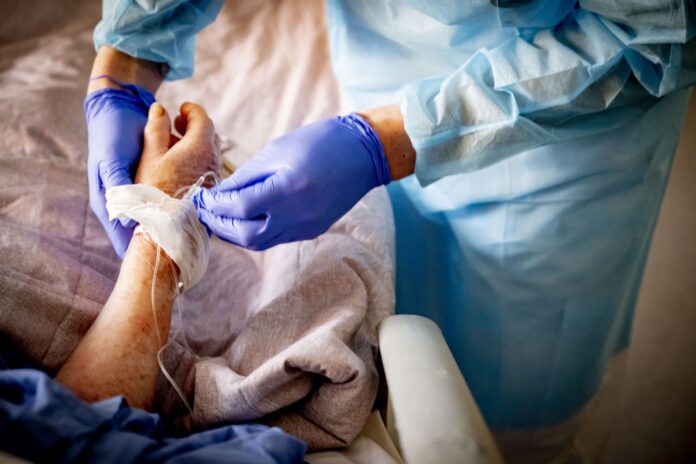[ad_1]
At the end of an average month in 2013, just over 800 cases on Scotland’s inpatient waiting list still hadn’t been resolved after 12 weeks.
FactCheck can reveal that in 2023, that figure was 101,231 cases. That’s a 125-fold rise in a decade.
Our analysis of data from different parts of Scotland’s NHS also reveals that between 2013 and 2023:
- The outpatient waiting list doubled
- The inpatient waiting list more than doubled
- The number of cancer referrals where the patient waited more than the target 31 days between diagnosis and the start of treatment more than tripled
- The number of cancer referrals where the patient waited more than 62 days between an urgent referral for suspected cancer and the start of treatment rose seven-fold, and
- The number of referrals for outpatient care where the patient was still waiting after 12 weeks on the list rose 27-fold.
Last week, we reported that on one measure of A&E performance – the proportion of patients seen, transferred or discharged within four hours – Scottish emergency departments fare better than those in England and Wales.
Though this is only one aspect of one part of the whole health service. And, as our latest analysis lays bare, the crisis in Scotland’s NHS has worsened over the last ten years on a number of key metrics.
Responding to our findings, the Scottish health secretary Neil Gray told FactCheck that the health and care system is “under extreme pressure as a result of the ongoing impacts of winter, Covid, Brexit and inflation” and “we remain absolutely committed to reducing waits for hospital care, including cancer, planned and emergency care”.
He said his government’s draft budget “provides increased investment for health and social care, including over half a billion pounds more for frontline NHS boards”.
How we reached our findings
We took monthly or quarterly figures from the Scottish government for each of the measures, calculated an annual average for each year, and compared each year over time.
The way the data is collected means that there will be some instances of individual patients appearing more than once in the figures if they have been referred for more than one treatment. For example, someone referred for a hip replacement and cataracts surgery would feature twice.
Scottish government data for inpatient care measures is not available between April 2017 and June 2018, nor is it available for outpatient treatment between April 2017 and December 2018 – though this doesn’t affect our calculations of the difference between 2013 and 2023.
(Image credit: Robin Utrecht/Shutterstock)
[ad_2]






